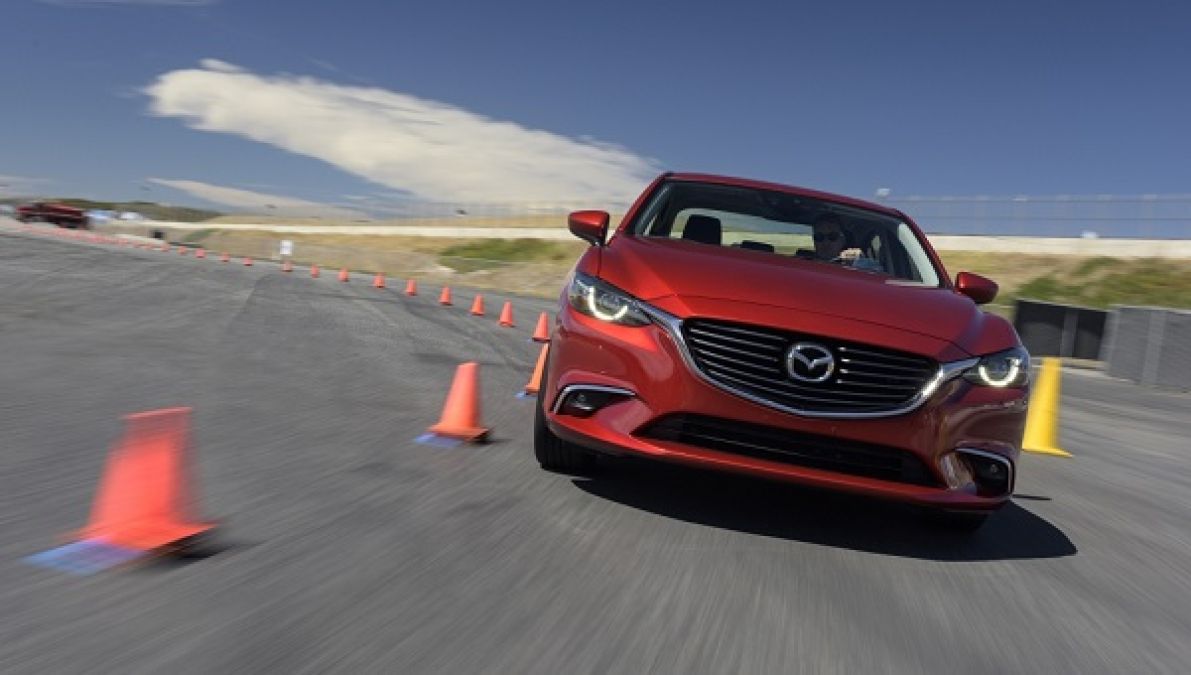Mazda announced today that starting with its Japanese version of the Mazda3, called the Axela, its vehicles will be built with new technology called SKYACTIV Vehicle Dynamics. The first application in the U.S. market will be on the new Mazda6 coming in 2017. The new technology is intended to better connect the driver to the vehicle. Called Jinba Ittai, in Japanese, the concept comes from mounted archery and the way that a rider becomes one with his horse.
The first component of the technology will be G-Vectoring Control (GVC). Mazda says of this technology, “It is the world's first control system to vary engine torque in response to steering inputs in order to provide integrated control of lateral and longitudinal acceleration forces and optimize the vertical load on each wheel for smooth and efficient vehicle motion.”
Mazda says that this new technology will enhance the driving sensation for drivers of all abilities. Unlike the benefits of torque vectoring rear differentials, that even veteran drivers can barely detect in normal driving.
Mazda says the technology optimizes the load on each tire. This brings the movements of the car more in line with the driver's intentions, which reduces the need for frequent steering corrections. The technology is intended to enhance traction and also driving pleasure. Mazda says the net affect includes reduced passenger torso sway. Mazda also claims that GVC significantly improves handling and stability on wet, snowy and unpaved roads.
Mazda may be on to something here. Like the newly designed Honda Civic, Mazda is focusing more on human physiology and psychology to design enjoyable vehicle experiences based on how most customers use their vehicles in daily driving, rather than merely chasing catalog performance specs.





